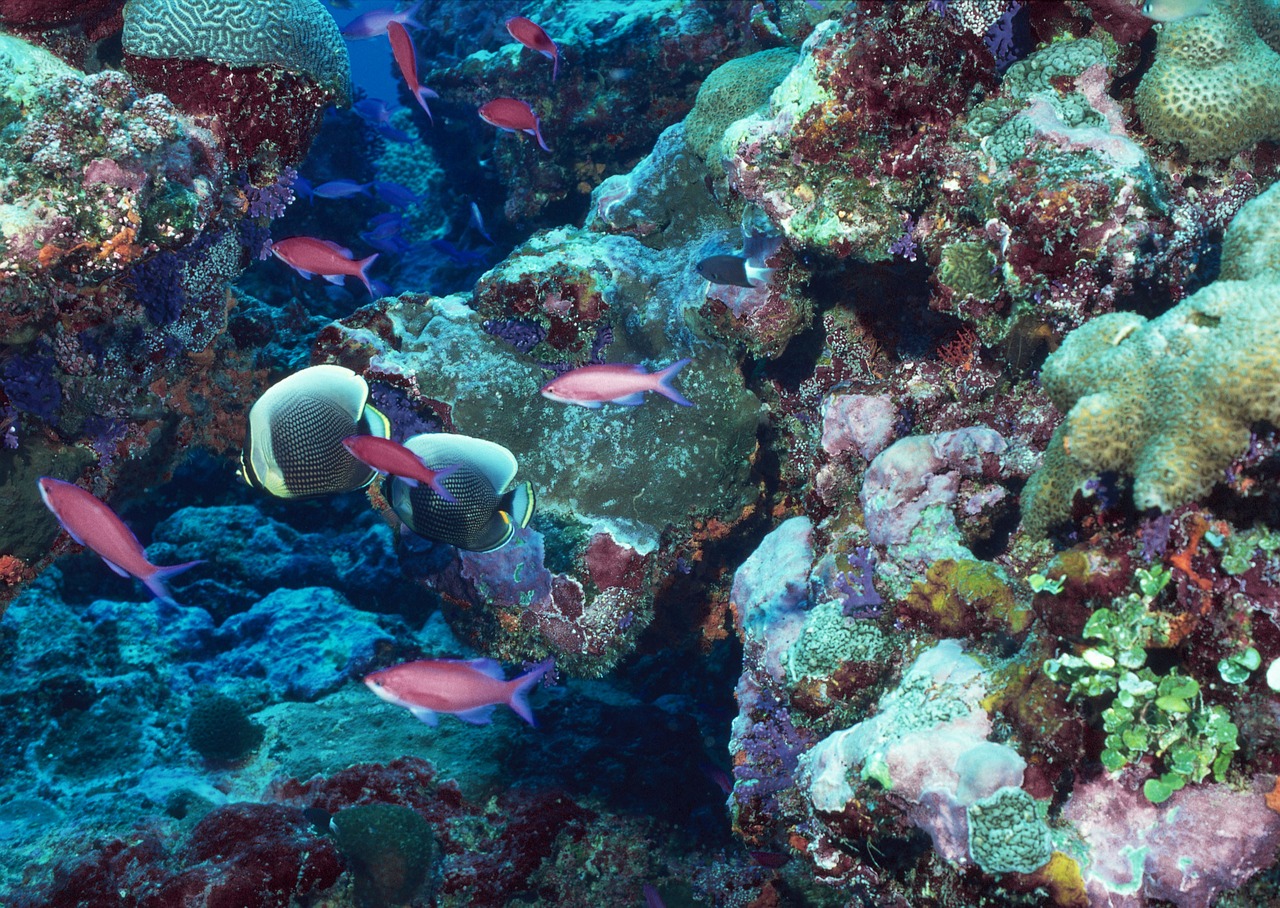In August 2019 researchers from Spain published the results of their study to assess the release rate of dissolved trace metals (aluminium, cadmium, copper, cobalt, manganese, molybdenum, nickel, lead and titanium) and inorganic nutrients (silicon dioxide, the phosphate ion and nitrates) from a commercial sunscreen in seawater, and the role of ultraviolet radiation on these compounds. Results indicated that release rates are higher under ultraviolet light conditions for all compounds and trace metals, except for lead. A kinetic model was then developed to establish the release pattern and the contribution of dissolved trace metals and inorganic nutrients from sunscreen products. to marine coastal waters. This showed a conservative estimate that sunscreen from bathers is responsible for an increase of dissolved metals and nutrients ranging from 7.54 × 10-4 % for nickel and up to 19.8% for titanium. Sunscreen products are therefore a significant source of metals and inorganic nutrients to coastal waters. The normally low environmental concentrations of some elements (eg phosphorus) and the toxicity of others (eg lead) could be having a serious adverse effect on marine ecology in the Mediterranean Sea which must not be ignored.
Rodríguez-Romero A et al. Sunscreens as a New Source of Metals and Nutrients to Coastal Waters. Environ Sci Technol. 2019 Aug 14. [Epub ahead of print]

